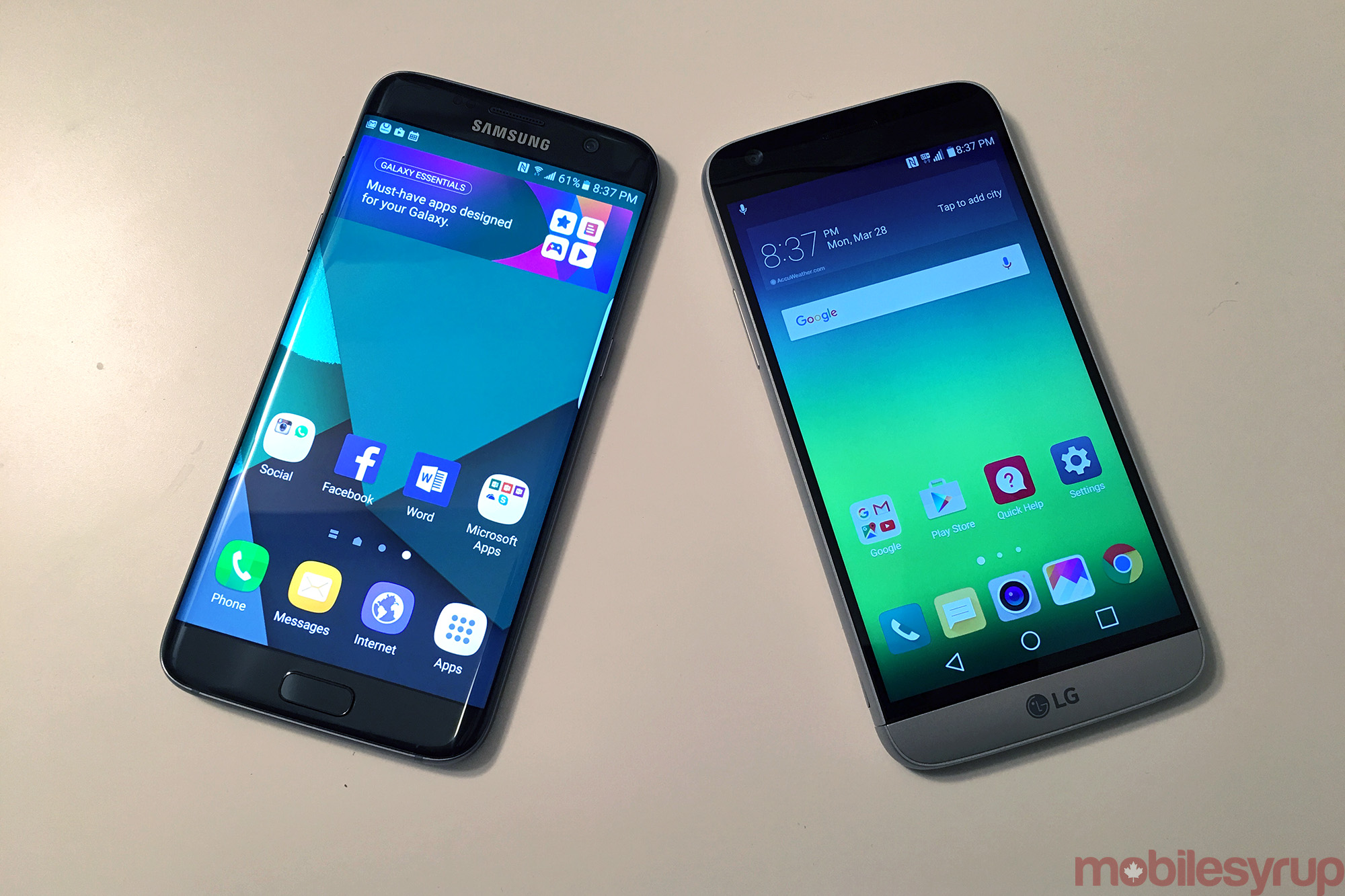
The Canadian wireless market is approaching saturation.
That was the gist of a Scotia Capital report by analyst Jeff Fan, covered by MobileSyrup recently. Subscriber growth for the big three has been stagnant for awhile now, and a time when room for growth reaches a ceiling seems near at hand.
The wireless business is an expensive one, however, particularly in a country the size of Canada. If growth stalls — and with it, revenue and profit growth, too — how will carriers respond to the effect on their bottom lines? Thus far, as the Scotia report notes, the only change saturation has resulted in has been higher prices. But in the future, a slowly growing market will likely result in change in three key ways: more emphasis on the Internet of Things (IoT), new services attached to wireless accounts, and cheaper hardware.

The bottom line: change is inevitable and coming to Canada’s wireless market.
Of the three areas, IoT is likely going to be most invisible to consumers, at least in the short term. IoT can mean many things, but for wireless carriers, it often means sensors and SIM cards in a range of devices. Everything from security systems, electrical or parking meters to cars and appliances that need a data connection to send information wirelessly.
According to telecommunications analyst Mark Goldberg, this development is “adding to size of the market, and wireless is changing from a way to connect people to connecting things” — though he notes that, almost opposite to smartphones, IoT often means very small amounts of data among a much larger array of devices. Consumers may notice the changes, such as no longer needing electrical meter readings, or their cars having data connections; but it will be equipment manufacturers and utilities providers paying for the data, says Goldberg, not end users.

For most people, though, a changing market will perhaps most obviously affect what wireless carriers try to sell them. As Krista Collins, manager of mobility and consumer research at IDC Canada states, once you reach market saturation “it’s not just about selling devices anymore. It’s about selling experiences, and that is one of the things that is needed to drive up usage and activity, and hence revenue.”
What does “experiences” mean? In part, it’s the things Rogers and Bell are already pushing, such NHL Gamecentre for Rogers, or for Bell, Mobile TV—in essence, additional services meant to sweeten the deal, while pushing up revenue. Additionally, deals that throw in Spotify or similar services to plans may become more common—but may become a bit like a cable service, where users choose from a selection of services to pay for on top to their wireless bills.
That kind of convergence means we’ll likely also see a greater push for bundles. Consider: with Shaw now owning Wind, all the major wireless carriers also own media properties and offer internet or landline services. As companies try and give more and more incentive to increase the average revenue coming from each account, look for carriers to continue to push bundling promotions to entice new subscribers and revenue opportunities.

Of course, perhaps the simplest way to grow wireless revenue is to make it easier for more people to own a smartphone. As IDC’s Collins suggests, in response, “some carriers may take a closer look at some of the Chinese brands,” referring to low-cost Android devices.
“While branding is an issue for these lesser known companies here in Canada,” Collins continues, “they offer attractive hardware at lower prices.” Instead of focusing on the midrange or older flagship phones that have been made more attractive recently by the drop in the Canadian dollar, carriers could instead push unsubsidized $100-200 handsets in an effort to get people using more data and data services.
Regardless of how the carriers approach things, though, what is clear is that a market nearing saturation is different from one that is rapidly growing. Instead of fighting to acquire subscribers, carriers will instead focus on services and converting the remaining feature phone holdouts into smartphone users.
One possible silver lining, though? With the big three fighting amongst themselves for revenue, there may be an opportunity for one of the smaller players to disrupt them – and in the process, increase competition.
MobileSyrup may earn a commission from purchases made via our links, which helps fund the journalism we provide free on our website. These links do not influence our editorial content. Support us here.


